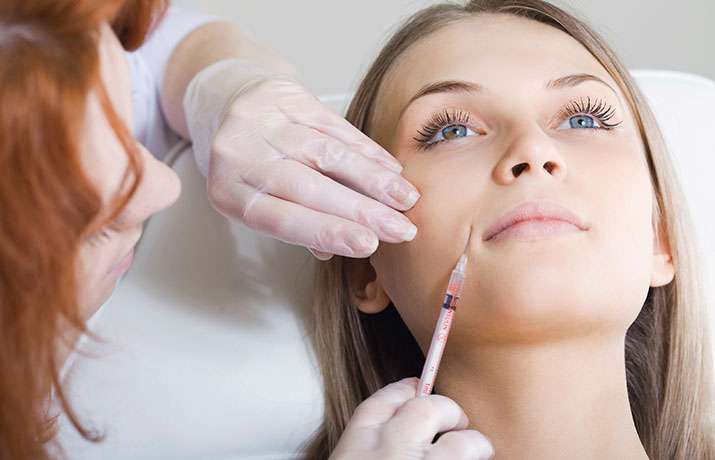OSA affects five percent of the adult population and the percentage increases with age. Dr. Teruel of Scottsdale, Arizona has extensive training in treating sleep apnea and other sleep disorders.
Clalit Health Care Services, Dan/PT district, Tel Hashomer.
Abstract:
INTRODUCTION: Obstructive sleep apnea syndrome (OSA) afflicts approximately 5% of the adult population and increases with age.
RESULTS: The number of regular users increased between the 1st and 2nd year from 126 (34%), to 163 (44%) (p < 0.07) due to additions from the intermittent users group. The non-users group grew from 120 (32.3%) in the first year, and every year afterwards, up to 221 (59.6%) in the fourth year (p < 0.02). In contrast, there was a significant decrease in the intermittent users group, which declined from 125 (33.7%) in the first year to only 18 (4.8%) in the 4th year (p < 0.005). Most of the patients (92.9%) were males. The average age of the regular users was 59.6 years (+/- 11), which was higher in comparison to 55.9 years (+/- 10.3) for the non-users or 58.9 years (+/- 12.6) among the intermittent users (p = 0.064). There were no statistical differences in co-morbidities or demographics between the three groups. However, the regular users were found to have a higher score in the Epworth Sleepiness Scale (ESS) and a minimal arterial oxygen saturation (SaO2) level lower than the patients in the non-users and intermittent users groups (p = 0.019 and p = 0.03 respectively).
CONCLUSIONS: Ongoing medical and social support is needed in order to maintain good compliance.

